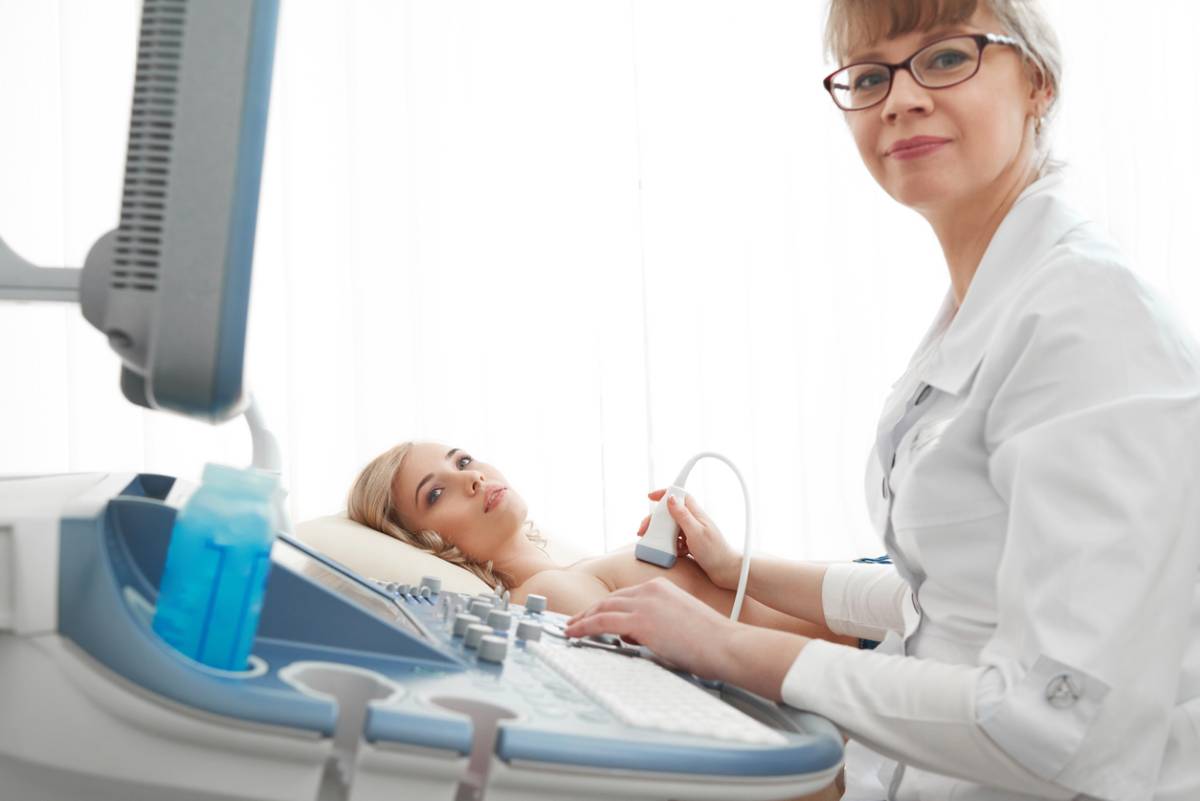Breast cancer impacts millions of women across the globe. A breast cancer diagnosis can impact women’s long-term health and their daily lives in a number of ways. Early diagnosis is key when it comes to surviving breast cancer. Two screening methods used to detect breast cancer include a breast ultrasound and a mammogram. They are both highly effective but serve different purposes. Below you will find the differences between a breast ultrasound versus mammogram.
Breast ultrasound versus mammogram
A breast ultrasound and mammogram are two effective medical imaging techniques used for breast cancer screening and evaluation. However, they each have their own purposes and advantages. Consider the following information about each tool below.
Breast Ultrasounds
Unlike a mammogram, a breast ultrasound is primarily used as a supplemental imaging tool. The imaging is generally a mammogram. A breast ultrasound is used when there are abnormalities found after a mammogram. An abnormality requires further evaluation to rule out breast cancer and other illnesses.
A breast ultrasound is performed by a breast ultrasound specialist. It provides real-time images of the breast tissue. An ultrasound is a non-invasive tool that uses high-frequency sound waves. The procedure is pain-free and smooth.
Advantages and Limitations of Breast Ultrasounds
Breast ultrasounds offer a variety of advantages as they are a safe and effective medical imaging tool. In fact, they are safe for both pregnant and breastfeeding women. This is because a breast ultrasound does not involve radiation. Breast ultrasounds are also effective for women with dense breast tissue. This makes them an excellent addition to mammograms.
As with any medical imaging tool, there are limitations. One of the limitations of breast ultrasounds is that they cannot replace mammograms. Additionally, mammograms are still necessary and are the primary screening tool used to detect breast cancer and other abnormalities.
Mammograms
Mammograms are the primary screening tool for breast cancer. This imaging tool is used regularly as it is often an annual screening tool for asymptomatic women. Women are advised to get breast cancer screening beginning at the age of 40. For those who are at a higher risk, it’s necessary to be seen earlier. Talk with your medical provider about your level of risk and when you should get your first screening.
A mammogram uses X-ray technology to create a detailed image of your breast. The breasts are placed between two separate plates during the X-ray. Patients experience discomfort, but the treatment is not pain.
Advantages and Limitations of Mammograms
Mammograms are the most effective diagnostic tool for breast cancer. It is a well-established screening tool that is highly effective in detecting breast cancer in the early stages. It is also highly beneficial in detecting microcalcifications, one of the earliest indicators of breast cancer.
Despite the benefits of mammograms, there are some limitations. In rare cases, mammograms may miss some breast cancers. This is specific to women who have dense breast tissue. This is why it is important to get additional screening, such as a breast ultrasound, if you have dense breasts.
Breast Cancer Screening
If you are over 40 and have not received your first mammogram, it’s important to schedule an appointment right away. If you are younger than 40 and are at a high risk for breast cancer, screening is also necessary. It is critical to work with a medical provider who can provide you with a screening schedule, including when and how often you should have a mammogram. Early detection is key when it comes to breast cancer. The team at Pink Door Imaging are skilled in breast and gynecological imaging. Contact their office today to schedule an appointment!


